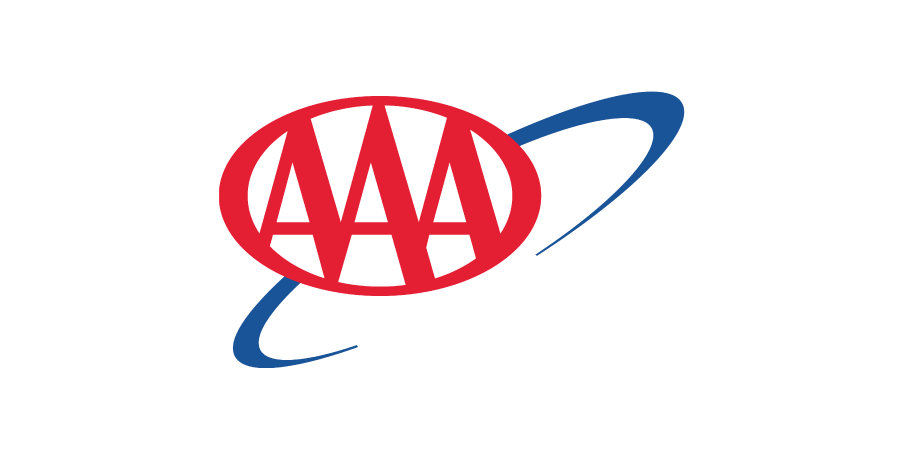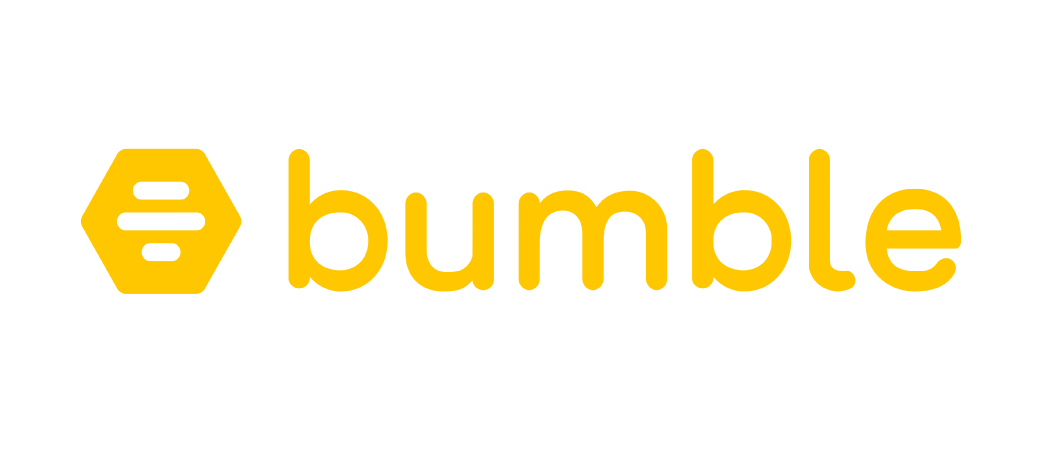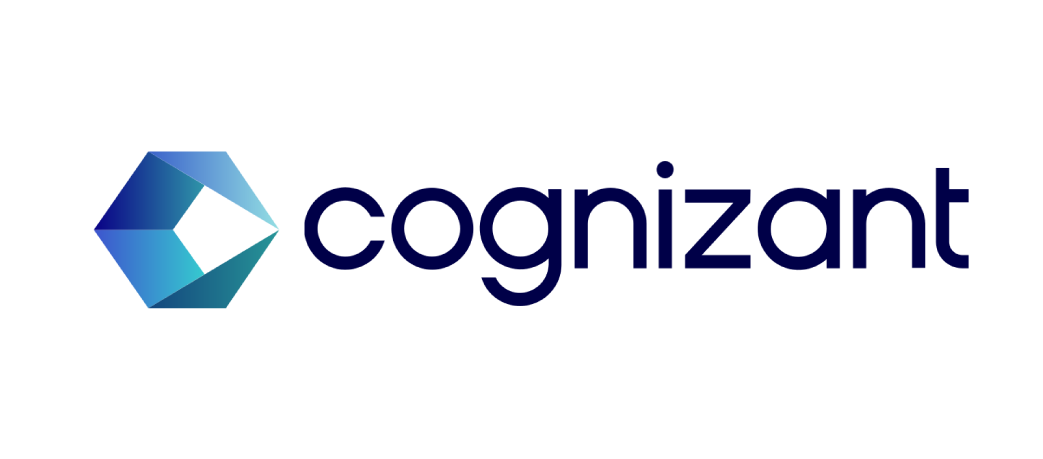Instructional Design Expertise on-Demand
Create Effective Learning Experiences
Successful and effective training content requires a well-made and focused course design, following instructional design best practices, focusing on quality and learner engagement.


























How Our ID Consultants Help:
Analysis
- Conducting audience, task, and needs analysis.
- Consulting on best-fit media or learning technologies.
- Identifing and creating learning outcomes and mapping competencies.
- Developing training strategy and curriculum to support your business goals.
Creation
- Creating storyboards for eLearning.
- Converting or revamping existing training materials.
- Creating train-the-trainer (TTT) materials and/or running TTT sessions.
- Writing course content to align with learning outcomes.
- Creating interactive learning activities.
Implementation
- Designing and developing technical training and communications.
- Developing style guides, standards, and templates for course materials.
- Developing evaluations (Level One-Four).
- Developing custom solutions to support sales enablement.
Best Practices for eLearning Design

Enhance Your Training Today
Contact us for customized solutions to improve your instructional design and achieve your training goals.

